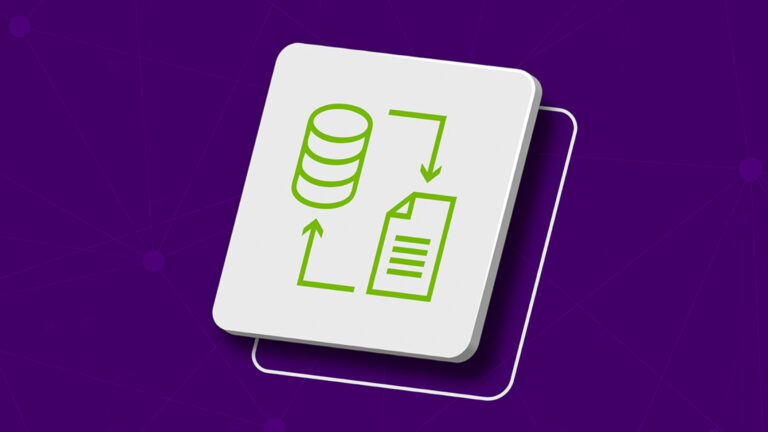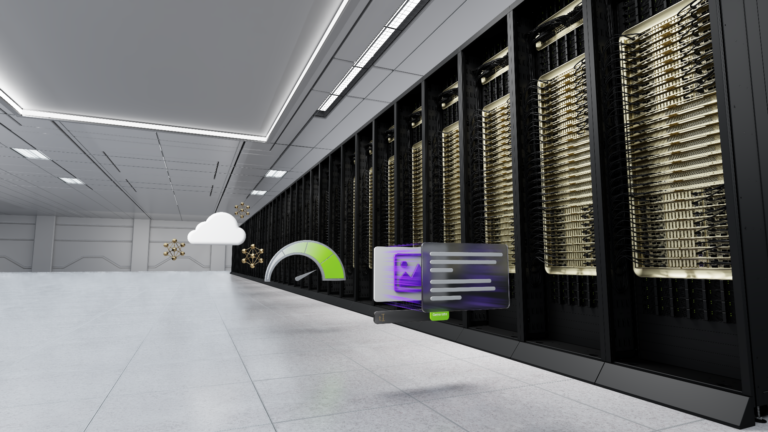 Curating high-quality pretraining datasets is critical for enterprise developers aiming to train state-of-the-art large language models (LLMs). To enable…
Curating high-quality pretraining datasets is critical for enterprise developers aiming to train state-of-the-art large language models (LLMs). To enable…
ServiceNow is accelerating enterprise AI with a new reasoning model built in partnership with NVIDIA — enabling AI agents that respond in real time, handle complex workflows and scale functions like IT, HR and customer service teams worldwide. Unveiled today at ServiceNow’s Knowledge 2025 — where NVIDIA CEO and founder Jensen Huang joined ServiceNow chairman
Read Article
 This is the second post in the LLM Benchmarking series, which shows how to use GenAI-Perf to benchmark the Meta Llama 3 model when deployed with NVIDIA…
This is the second post in the LLM Benchmarking series, which shows how to use GenAI-Perf to benchmark the Meta Llama 3 model when deployed with NVIDIA…
 For professionals pushing the boundaries of XR, creating the most immersive and highest fidelity experiences is always challenging. Demanding XR workflows push…
For professionals pushing the boundaries of XR, creating the most immersive and highest fidelity experiences is always challenging. Demanding XR workflows push…
 Time-series data has evolved from a simple historical record into a real-time engine for critical decisions across industries. Whether it’s streamlining…
Time-series data has evolved from a simple historical record into a real-time engine for critical decisions across industries. Whether it’s streamlining…
Just Released: CUDA 12.9
 New features include enhancements to confidential computing and family-specific features and targets supported by NVCC.
New features include enhancements to confidential computing and family-specific features and targets supported by NVCC.
 Alibaba recently released Tongyi Qwen3, a family of open-source hybrid-reasoning large language models (LLMs). The Qwen3 family consists of two MoE models,…
Alibaba recently released Tongyi Qwen3, a family of open-source hybrid-reasoning large language models (LLMs). The Qwen3 family consists of two MoE models,…
 Note: This blog post was originally published on Jan 25, 2017, but has been edited to reflect new updates. This post is a super simple introduction to CUDA, the…
Note: This blog post was originally published on Jan 25, 2017, but has been edited to reflect new updates. This post is a super simple introduction to CUDA, the…
